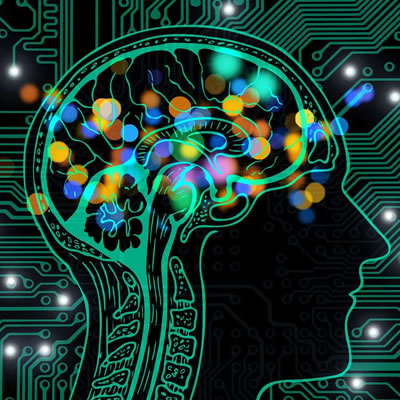 Did you know that scientists have made fascinating discoveries about the perception of pain? They now understand that the sensation of pain is determined by the brain, which decides whether or not to create the experience of pain based on various factors, including the presence or potential threat of tissue damage.
Did you know that scientists have made fascinating discoveries about the perception of pain? They now understand that the sensation of pain is determined by the brain, which decides whether or not to create the experience of pain based on various factors, including the presence or potential threat of tissue damage.
Surprisingly, the brain can even generate the sensation of pain in the absence of actual tissue damage, or conversely, fail to produce pain when there is genuine tissue damage. This intriguing phenomenon is referred to as the “pain paradox,” highlighting the brain’s role in creating pain sensations that may not always align with the severity or location of an underlying issue.
Pain serves a valuable purpose as a signaling mechanism, providing us with important information about potential problems within our bodies. It can alert us to instances of overexertion or injuries that require caution and time for the body to heal. In such cases, pain serves as a helpful and informative sensation, guiding us away from activities that may exacerbate the underlying issue.
However, for some individuals, pain can persist long after the initial injury has healed. It may even extend to areas of the body that were not originally affected. In these cases, pain becomes non-informative and non-helpful, transforming into a problem of its own. The brain adapts through a process called neural plasticity, which is similar to how it learns other things. Research has shown that what we choose to focus on can shape the changes in our brain. This becomes problematic if one excessively focuses on their pain, as it may intensify the perception of pain. Therefore, redirecting attention towards positive aspects of life, what is functioning well, and sources of happiness can be beneficial.
Remarkably, studies conducted by brain scientists investigating chiropractic spinal adjustments have revealed that these adjustments can influence brain function. Chiropractic care has a neuroplastic effect on the brain, particularly in the prefrontal cortex, a region strongly associated with chronic pain. This observation suggests that seeking chiropractic care early on when experiencing an issue may yield better long-term outcomes and possibly prevent the progression of pain into chronic states.
Neuroscientists hypothesize that chiropractic care likely reduces the perception of pain by modulating the brain’s pain processing, effectively “turning down” or suppressing the perception of pain. Consequently, chiropractors may not exclusively target the specific area of pain but instead focus on regions of the spine and body exhibiting restricted movement, addressing the underlying cause of the problem. Therefore, it is unnecessary to worry if the adjustments are not performed directly where the pain is felt.
These findings offer intriguing insights into the complex relationship between the brain, pain perception, and chiropractic care. By understanding the brain’s role in pain processing and harnessing the potential of neuroplasticity, chiropractic care may hold promise as a means to alleviate pain and improve overall well-being.
CONTACT US

